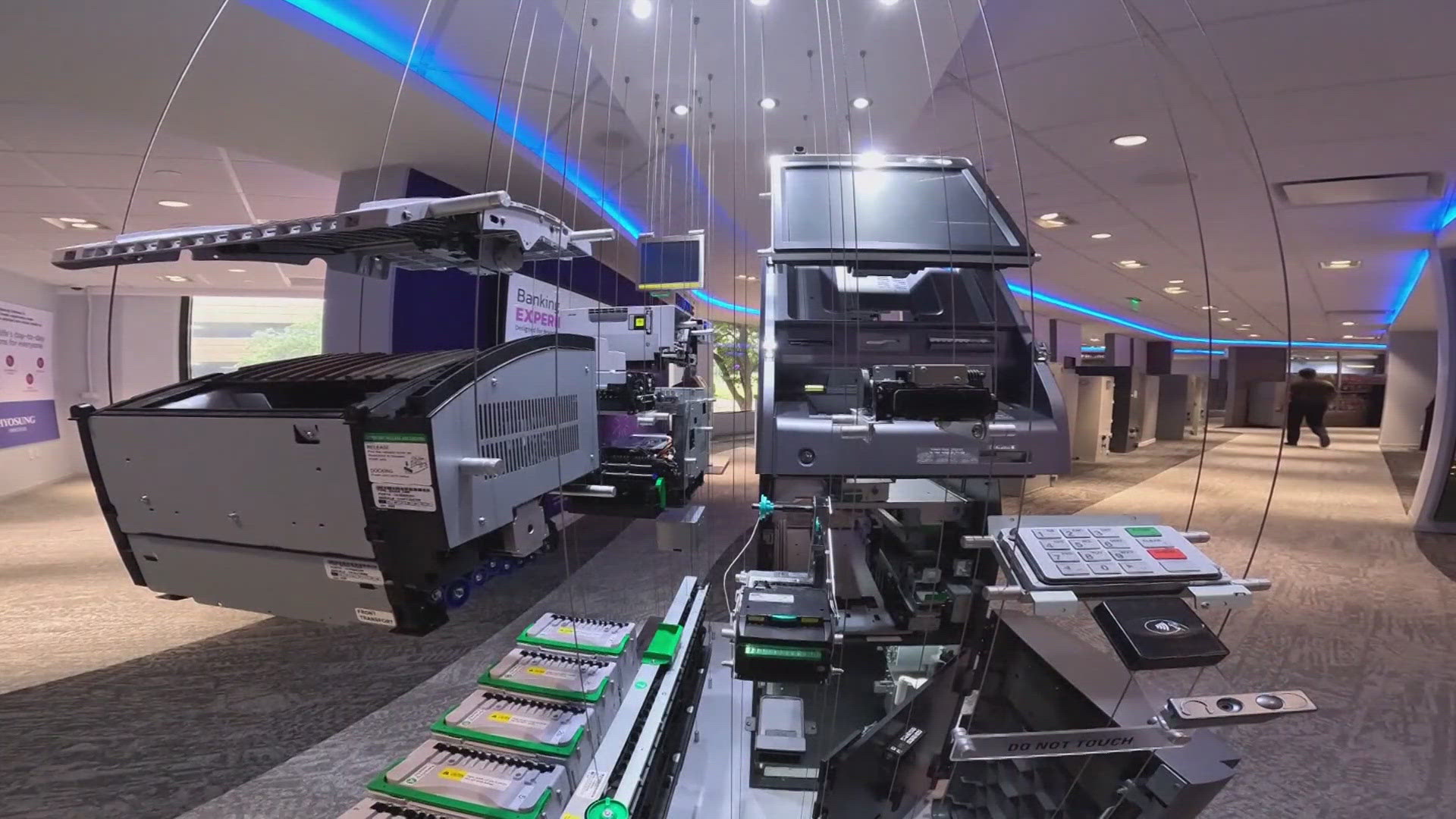
ATM Cabinet Production Process: From Design to Assembly
The ATM cabinet production process is a critical part of ensuring the durability, functionality, and security of the final ATM machine. The cabinet is not only the outer casing of the machine but also plays a key role in safeguarding the internal components from environmental factors and potential threats. Here is a detailed overview of the production and assembly process of ATM cabinets.
1. Design Phase
The first step in ATM cabinet production begins with designing the structure. The design process is crucial as it determines the ATM's size, shape, and security features. During this phase, engineers collaborate with the client to understand their specific needs, such as location (indoor or outdoor), the security level required, and any customization requests. The design process also includes selecting materials, which are usually high-strength steel or reinforced metal alloys, ensuring the cabinet is both secure and durable.
Special attention is given to ergonomics during the design phase to ensure that the ATM is user-friendly. This includes the positioning of the screen, keypad, card reader, and other components, making sure they are accessible for all users, including people with disabilities.
2. Material Selection
Once the design is finalized, the next step is material selection. The materials chosen for the production of the ATM cabinet must offer durability, security, and resistance to environmental factors. Steel is often the material of choice because of its strength, but stainless steel or anti-corrosive metals are also used, especially for outdoor ATMs that need to withstand harsh weather conditions.
Additionally, materials must meet certain fire-resistance and environmental standards. Paint coatings or protective finishes are applied to the metal to prevent rust, enhance durability, and maintain an aesthetic appearance.
3. Manufacturing and Fabrication
The manufacturing phase involves cutting, bending, and welding the selected materials to create the frame and outer shell of the ATM cabinet. Precision is key at this stage, as any misalignment can lead to poor assembly and compromise the ATM’s structural integrity.
- Cutting: The sheets of metal are cut into precise shapes using laser cutters or plasma cutters. These tools ensure accurate dimensions, especially for critical parts such as the door, base, and sides of the ATM.
- Bending and Forming: After cutting, the metal sheets are bent into the required shapes. This is usually done using a press brake machine that ensures each bend is accurate.
- Welding: The bent and cut pieces are then welded together to form the outer shell of the ATM. This process must be done carefully to maintain structural integrity and avoid any weaknesses in the joints.
4. Security Features Integration
One of the most important aspects of ATM cabinet production is the integration of security features. ATM cabinets are designed to be tamper-resistant and vandal-proof, which is why the assembly process often includes:
- Reinforced steel doors with advanced locking mechanisms.
- Anti-pry strips that prevent unauthorized access.
- Seamless welding and overlapping panels that make it difficult to access the internals of the ATM.
- Multiple layers of protection, including alarm systems and sensors that detect tampering.
At this stage, biometric security measures or remote monitoring systems can also be added depending on the specific needs of the client.
5. Painting and Finishing
Once the structural and security components are in place, the ATM cabinet is given its final coating. This not only gives the cabinet its desired aesthetic but also provides an extra layer of protection against environmental wear and tear.
- Powder coating is commonly used, which creates a durable, corrosion-resistant finish.
- UV-resistant coatings are applied for outdoor ATMs to protect against sun damage and fading.
- Color options are selected based on client preferences and branding, as some companies may want the ATM to reflect their corporate identity.
6. Assembly of Internal Components
After the cabinet’s external components are complete, the next step is to assemble the internal components of the ATM. This includes installing parts such as the cash dispenser, card reader, screen, keypad, and PIN pad. Proper placement and secure fixing of these components are crucial for the ATM’s functionality and security.
The cabling and electrical connections are carefully routed inside the cabinet to avoid damage during transport or future maintenance. Additionally, cooling systems or heating units are installed to ensure that the ATM operates optimally in all temperature conditions.
7. Quality Control and Testing
Before the ATM cabinet is sent for final shipment, it undergoes extensive quality control testing. This phase ensures that all components function properly and that the ATM is fully compliant with local regulations. The following tests are typically performed:
- Structural Integrity Test: The cabinet is tested for strength and stability, ensuring it can withstand physical impacts.
- Security Tests: The locking mechanisms, alarm systems, and anti-tampering features are thoroughly tested.
- Functionality Test: All internal components, such as the screen, keypad, card reader, and cash dispenser, are checked for proper operation.
- Environmental Tests: For outdoor ATMs, the cabinet undergoes testing for weather resistance, ensuring it can endure harsh conditions like heavy rain, snow, and temperature fluctuations.
8. Final Assembly and Packaging
Once the ATM cabinet passes all tests, it undergoes final assembly and is carefully packed for shipping. All accessories and documentation are included, and the ATM is securely prepared for transport to ensure it arrives safely at the installation site.






